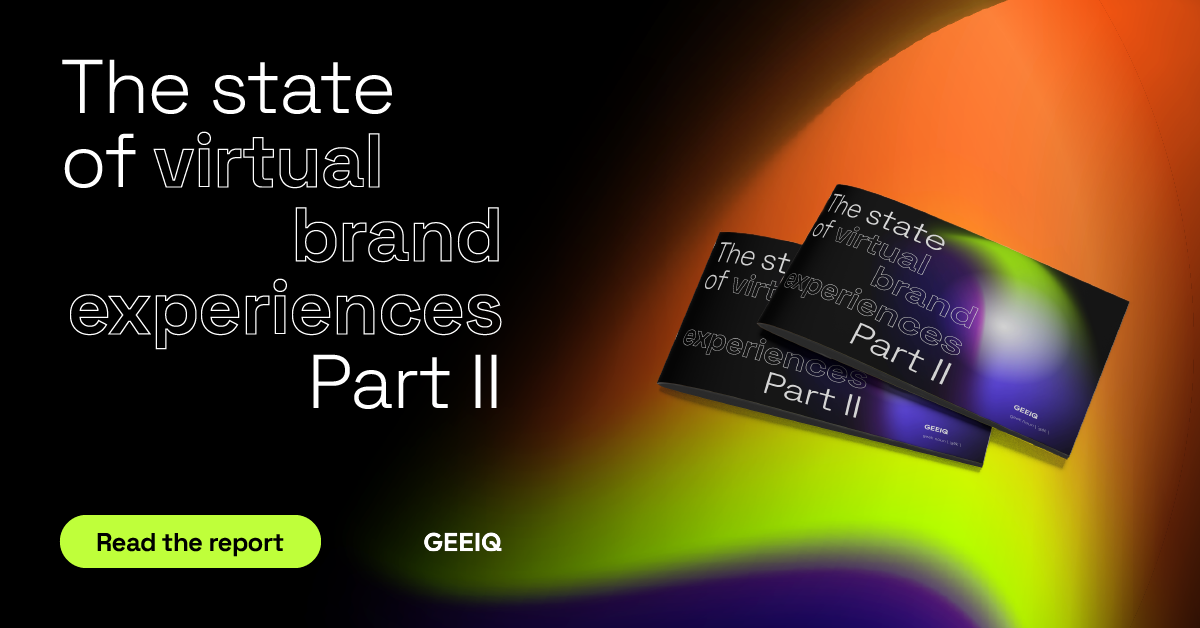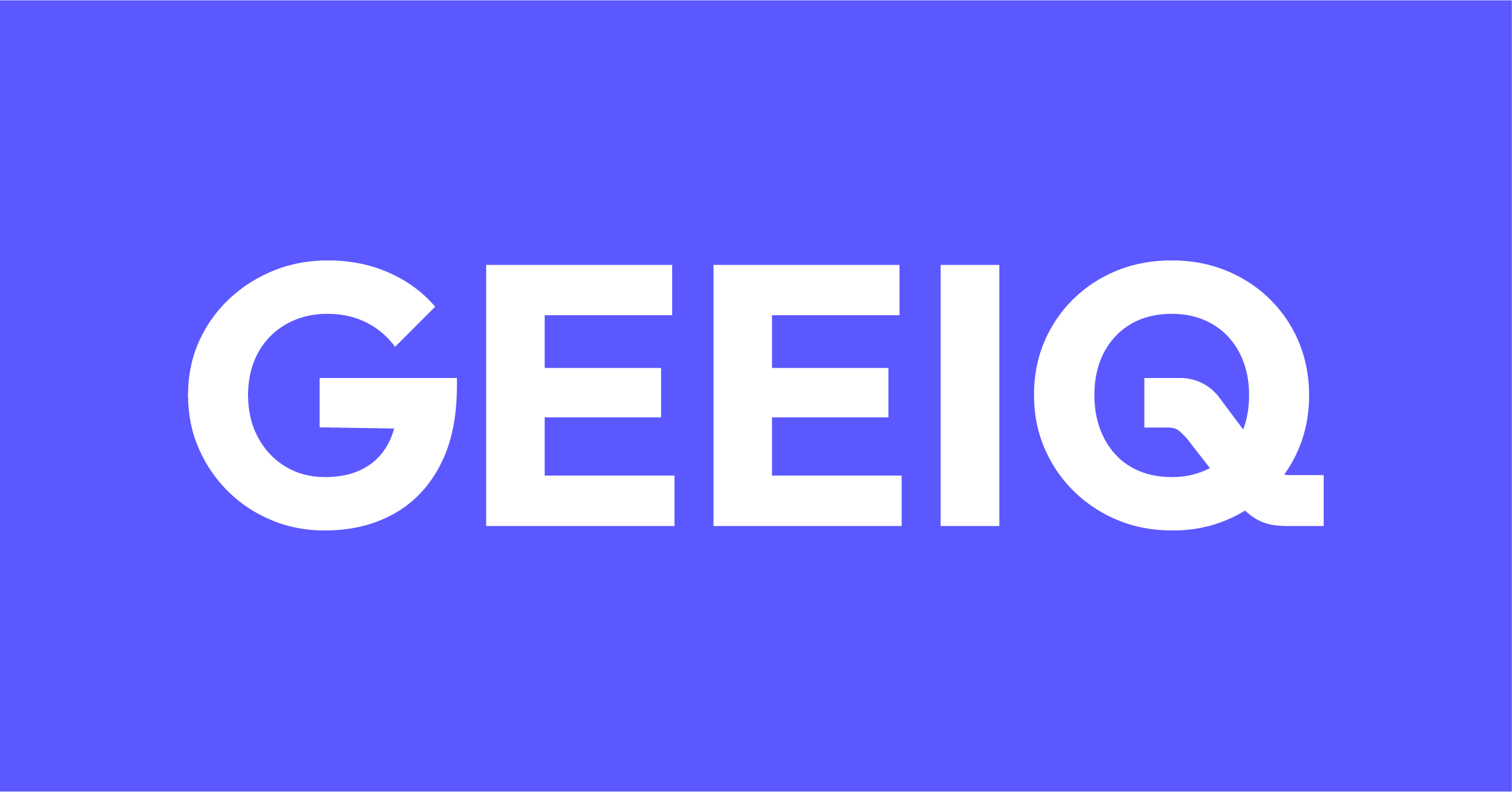
What do gamers want from brands?
5 ways to drive engagement and build brand loyalty in gaming worlds.
Gaming platforms offer brands the opportunity to tap into Gen Z and meet them where they are. Platforms like Roblox already see more than 300 million monthly active users who can spend an average of 180 minutes a day online.
Major brands know this. That’s why the number of brands in virtual worlds doubled from 350 in the first half of 2023 to 750 by the end of the year.
You might ask, ‘why are brands investing in gaming?’ - that’s a whole article in itself.
This article asks what gamers want from brands. It outlines 5 ways your brand can drive engagement and build brand loyalty in gaming worlds.
It’s important to note that audiences on different platforms will want to see different features or items specific to those platforms. Still, this blog will cover some basic features that most players will appreciate, regardless of whether you are targeting a Candy Crush, Minecraft, Roblox or Fortnite audience.
Why is gaming so popular? Why do people game?
To understand what gamers actually want from brands, you first need to know why people are gaming in the first place.
You might be thinking of the isolated experience of a gamer alone at their console or laptop. That's not necessarily how gamers game anymore.
People are actually gaming to socialize with their friends. 62% of teens on Roblox go on the platform to have conversations. Players are gaming as an excuse to meet with their friends in entertaining worlds. Modern gaming platforms like Fortnite, Minecraft and Roblox are popular because they are social platforms.
That explains why Gen Z spends more time on Roblox than on TikTok. On average, they spend 180 minutes on Roblox, as opposed to 107 on TikTok.
Gaming platforms and virtual worlds aren’t just competing with social media. They are the next evolution of social media. They are immersive social media.
1. Entertaining game loops
The key to engaging a gaming audience is creating unique and entertaining game loops that keep players returning to an experience. To consistently see higher engagement rates, longer gameplay and receive more visits, a brand needs to deliver entertaining unique value to its audience in a way that feels native to the platform and aligns with its brand values.
For example, BBC Earth’s Minecraft experience, ‘Planet Earth III’, allows users to play from the perspective of different animals, including a seal, an Arctic wolf and a great white shark. This is both unique and entertaining as you normally play from the first-person perspective of a human on Minecraft. The BBC experience’s game loops blend naturally with Minecraft’s natural settings and survival elements while remaining true to Planet Earth’s focus.
It doesn’t matter how much money you throw at a game – if it isn’t engaging, people won’t play it. To drive brand loyalty and win gamer engagement, you must deliver value through entertaining game loops.
2. In-game rewards and UGC items
Gamers want brands to appear in their favorite games. 30% of Roblox users say that they want to see fashion brands on Roblox with big recognizable branding, patterns and logos. One way to get this across is through digital rewards and user-generated content (UGC) items.
Knorr’s #ModTheVeg campaign is one of the more creative examples of this. Following its brand goals, Knorr wanted to showcase that vegetables can be healthy and power you up. As such, its team created modified versions of Fortnite, Minecraft and other popular games where players can use vegetable power-ups to get powerful in-game boosts. This rewards players while establishing a connection between them and the Knorr brand.
On Roblox, UGC items are a favorite for brands looking to boost engagement and reward players for gameplay. H&M’s Loooptopia saw one puffer jacket it released be claimed by over 690,000 users. The experience’s visitor growth rate increased by more than 10% in comparison to the previous quarter following the jacket’s release. Branded UGC items are also popular with brands as avatars can move between Roblox experiences wearing a brand’s logo. Free UGC items also generate organic content online as people want to know where they can get free items. H&M has received 5.3 million views of organic content thanks to its multiple free UGC drops.
Rewarding gamers for interacting with your brand’s experiences not only delivers clear value to them but entices players to keep engaging with your experience, building brand loyalty and making them more likely to become real-world consumers of your brand’s products.
3. Content creator strategies & partnerships
30% of gamers on Roblox say they want to see brands collaborate with native community creators. Worth noting is that the term ‘content creator’ here could be referring to either social media influencers or UGC item creators. This gets across the extent to which engaging with 'UGC' content creators or influencers can be beneficial for brands in virtual worlds.
A great example of this is Walmart on Roblox.
Rather than simply following popular Roblox game formats, like RPGs or obbys, Walmart Discovered serves a utility. It helps players discover UGC items from more than 350 content creators. In this way, it authentically mirrors Walmart’s role in the real world by offering players a wide range of products from thousands of manufacturers. It also offers smaller creators the chance to showcase their work as their items can be upvoted by players.
In just 6 months, Walmart Discovered hit over 20 million visits. Moreover, at 96.34%, its approval rating is one of the highest among branded Roblox experiences.
Players are already following influencers and UGC creators active within their favorite games. By partnering with them or celebrating their work, a brand’s virtual activation can appear more genuine and show they are putting the gaming community at the heart of their virtual world strategy.
4. Emotes
73% of Gen Z audiences believe they need self-expression for a happy life. Emotes are part of the digital self-expression that virtual worlds can offer this audience. Emotes are expressive character animations that allow players to make their avatars react emotionally in virtual worlds. For example, you can have a Fortnite dance, an Animal Crossing cheer, or a Roblox strut.
Emotes can be some of the highest-performing items on the Roblox marketplace due to their scarcity. New emotes are uploaded fairly rarely and can be monetized, so when they arrive they get a lot of attention and can open new revenue streams for brands.
On social media, players use emotes to show off their avatar outfits. This gives them the ability to go viral, as Elton John’s Heart Skip did in 2022. Elton John’s Beyond the Yellow Brick Road experience on Roblox allowed players to try on different iconic outfits that Elton had used throughout his career, so it made sense to release an emote with the experience. The ‘Heart Skip’ emote became the number one branded emote on Roblox, with more than 2 million sales.
Once again, when brands deliver the emotes or game features players want to see, they are rewarded with engagement, new revenue streams and increased reach.
5. Phygital rewards
When brands offer real-world rewards in exchange for gameplay, this strengthens the relationship between brand and gamer while also incentivizing repeated engagement. Brands can also reap the rewards from this in more tangible formats, including incorporating CRM loyalty integrations into their virtual experiences.
Paris Hilton’s 11:11 Media team and Hilton Honors spearheaded this in Slivingland. Using Flaunt technology, they were able to drive more than 27,000 CRM sign-ups through their Roblox experience. Their strategy broke the mould by allowing 111 lucky players to receive 111,111 Hilton Honors points to spend on stays. 11 people were even upgraded to Hilton Honors Diamond status. Players can also sign up to the hotel’s loyalty program to receive an exclusive UGC headpiece, Harajuku Antlers, for their avatar.
The benefits of offering such rewards are evident in Slivingland’s high engagement rates. The experience sees 11 minutes of engagement per Daily Active User (DAU). For perspective, a typical Fashion experience only receives 4 minutes.
However, this isn’t solely due to incentivized play. Paris Hilton’s team at 11:11 Media have built an experience that incorporates most if not all of the features this article mentions. Their entire virtual strategy puts delivering value to the Roblox community at its core.
Key takeaways
Ultimately, gamers want brands to deliver value to their gaming experience in ways that are both authentic to the brand and feel native to the gaming platform. By offering in-game items, real-life rewards or creating innovative initiatives within a virtual brand activation, brands can truly connect with gaming audiences. These initiatives consistently drive engagement and brand loyalty that will eventually grow into a vocal community of brand advocates or consumers.
Charles Hambro, GEEIQ’s CEO & Co-Founder, had this to say about how brands can win in virtual worlds:

